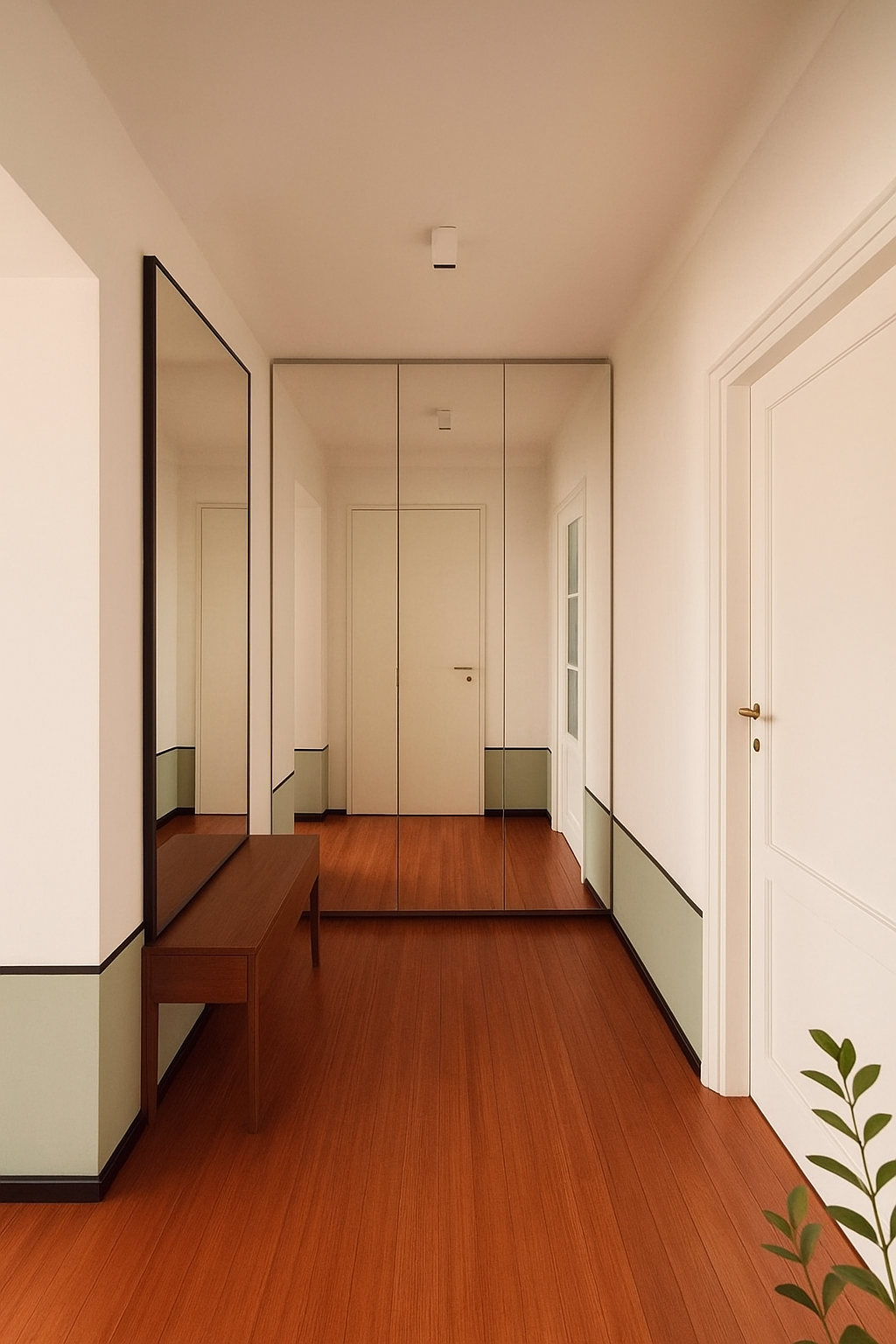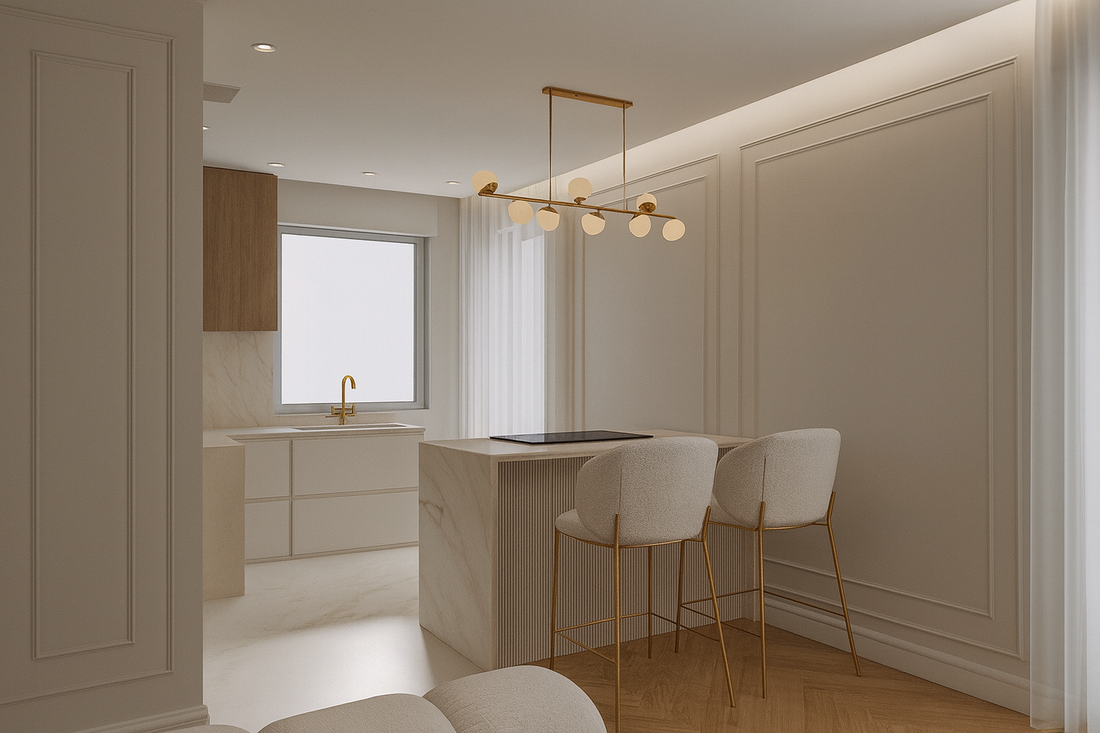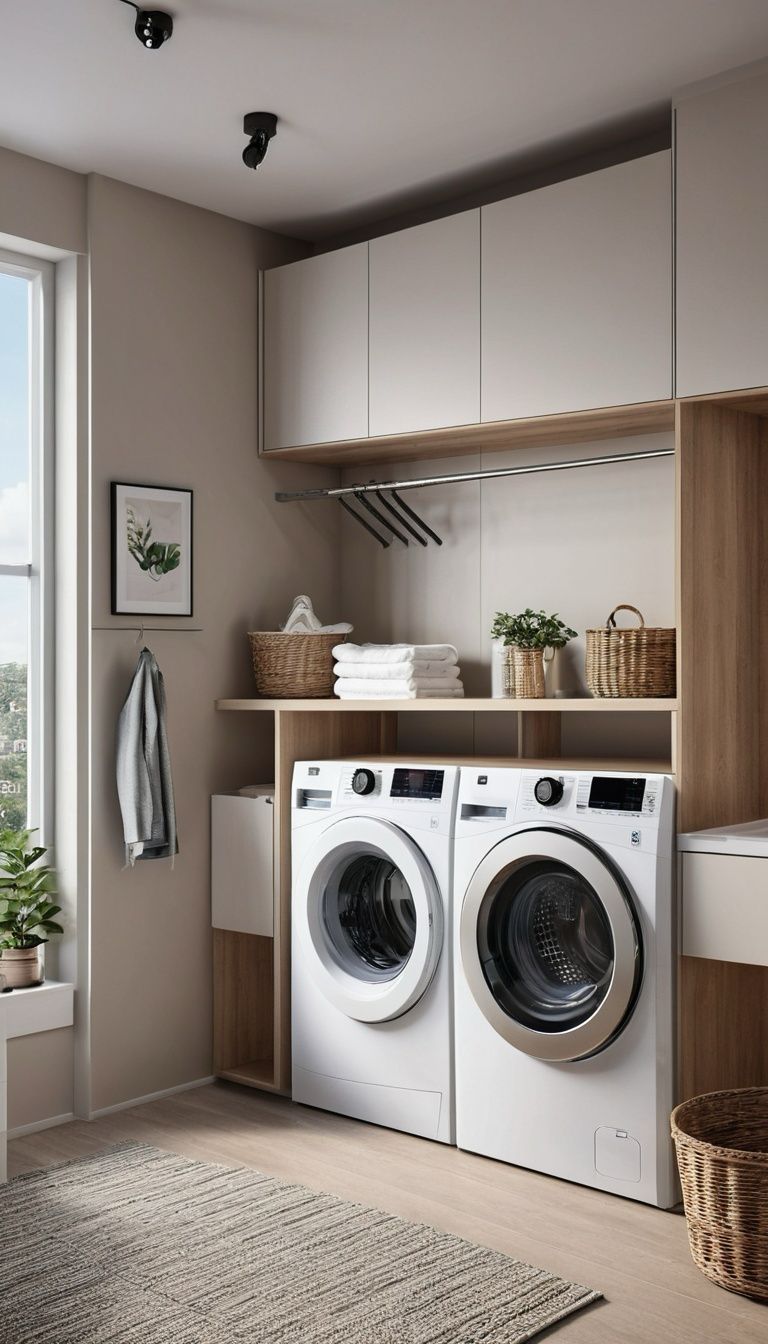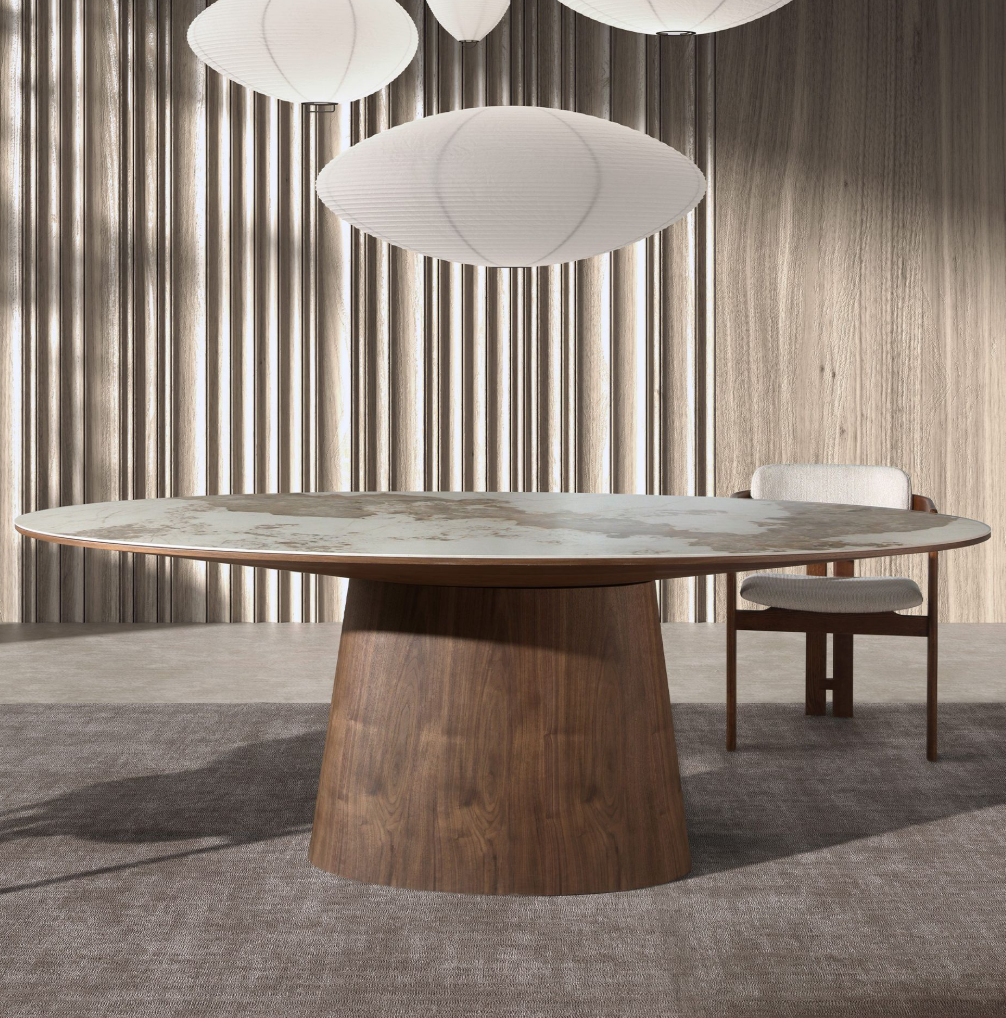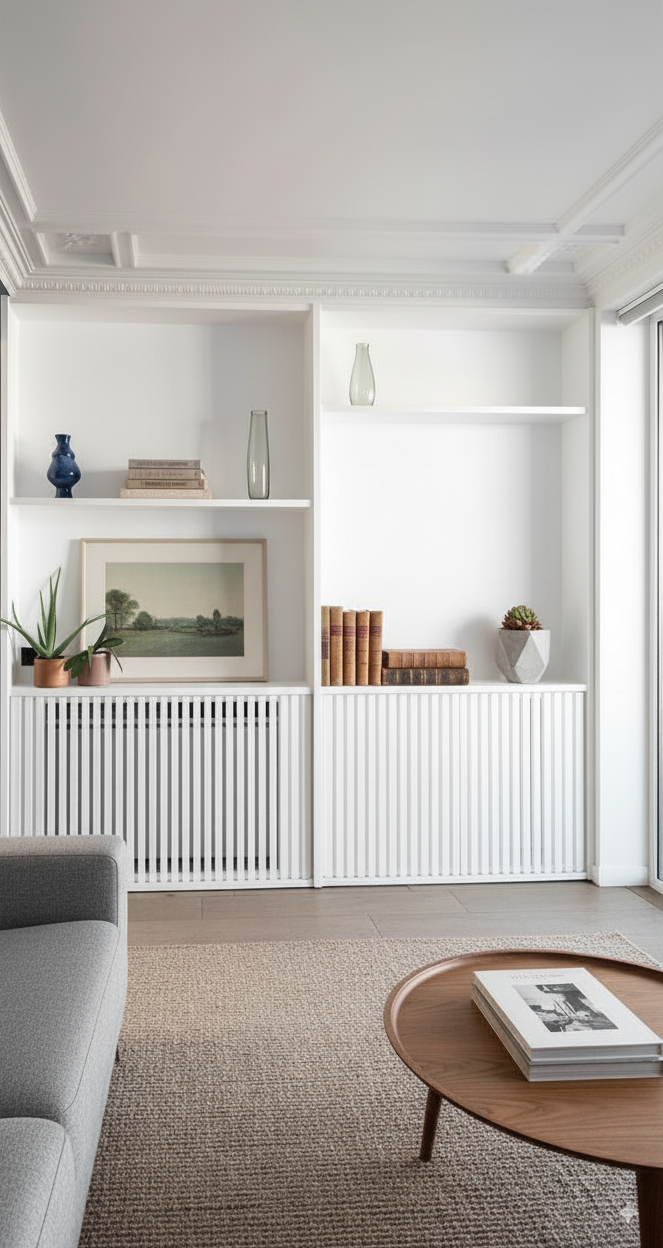Furnishing Tips
Boiserie e decori: 3 errori da evitare per pareti eleganti
Scopri i 3 errori più comuni nell’applicare boiserie e decori e come evitarli. Consigli per un effetto elegante, proporzionato e duraturo.
Learn moreCome separare cucina e soggiorno: 3 idee pratiche ed eleganti
Scopri 3 soluzioni per separare cucina e soggiorno senza muri: vetrate in vetro, librerie bifacciali e penisole per un open space funzionale e chic.
Learn more3 idee salvaspazio per progettare una lavanderia piccola
Scopri 3 soluzioni intelligenti per una lavanderia salvaspazio: colonna lavatrice-asciugatrice, lavanderia a scomparsa e piano di lavoro integrato.
Learn moreErrori da evitare nella scelta del tavolo da pranzo
Scopri i 4 errori più comuni nella scelta del tavolo da pranzo e come evitarli. Guida pratica per arredare la sala da pranzo con stile e funzionalità.
Learn moreCome nascondere un calorifero brutto: 3 idee di design per copricalorifero moderni
Scopri come trasformare un vecchio calorifero in un elemento di design. Idee moderne per copricalorifero in legno, metallo o verniciato.
Learn moreCome arredare un bagno piccolo: idee, soluzioni salvaspazio e trucchi di interior design
Scopri come arredare un bagno piccolo con idee salvaspazio, colori chiari e soluzioni di interior designer per ingrandirlo visivamente. Consigli Restylit su soluzioni bagno piccolo e arredamento bagno moderno piccolo.
Learn moreCome scegliere il colore delle pareti: guida pratica di interior design
Scopri come scegliere il colore giusto per le pareti di casa. Consigli di interior design, palette cromatiche e abbinamenti vincenti firmati Restylit. Perché la scelta del colore delle pareti è così importante. Scopri l'influenza dei colori sugli ambienti.
Learn moreCome appendere i quadri: regole, misure e consigli Restylit
Scopri come appendere i quadri alla giusta altezza e distanza per un arredamento armonioso. Consigli di interior design online con Restylit. La regola dei 145–150 cm dal pavimento. Scopri la distanza corretta tra quadro e mobili.
Learn more5 furnishing tips for a contemporary classic style home
Contemporary classic is the perfect meeting between the essentiality of current forms and the elegance of classic stately homes, a wise and careful mix between minimal chic and the charm of the baroque. The balance between sumptuous ornaments such as boiserie, stucco and decorations and the clean and modern lines in the furnishing accessories is among the main features of a contemporary classic living room. Parquet is essential, and often the choice falls on an Italian or Hungarian herringbone pattern. Here are 5 essential pieces of furniture to achieve a perfect contemporary classic style result: 1. Boucle fabric sofas or light fabric in cream, white or beige . With clean and essential shapes, an excellent choice to arrange them symmetrically if there is space for more than one sofa. 2. Coffee tables and dining table with essential shapes in marble or mirrored glass. @marbera @marbera 3. Wall lamps and lights with modern shapes but with materials with rich details such as brass and crystal 4. Pierre Jeanneret style armchairs or chairs: you can't miss out on including at least one of these iconic armchairs, for a trendy contemporary classic style 5. French style marble fireplace , like a totem in the center of the living room with a large mirror to crown it all. at Ginvera Mavilla's house, PJ_02 armchair and Circular Wool rug at Ginvera Mavilla's house, PJ_02 armchair and Circular Wool rug
Learn more

